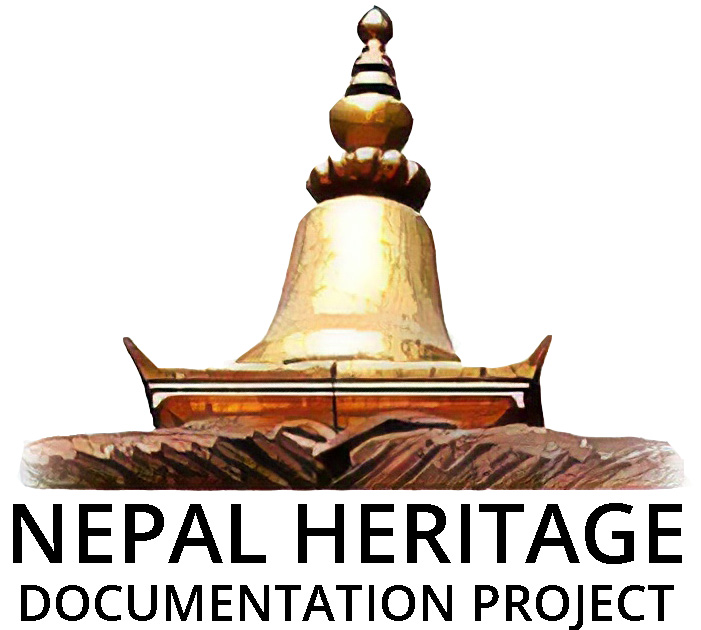New Project on the Anthropology of Inscriptions in the Kathmandu Valley
Christiane Brosius and Astrid Zotter receive a nine-month seed funding for a new project on the “Anthropology of Inscriptions: Memory and Cultural Heritage in the Public Sphere” within the frame of the Flagship Initiative “Transforming Cultural Heritage”, which Simon Cubelic will also join as research fellow. The rich inscription heritage of Kathmandu Valley dates back to the 2nd century AD. Up to the present day, inscriptions are omnipresent in Nepal’s religious and public life. Written artefacts in Sanskrit, Newari and Nepali language recording grants, donations or the establishment of trusts are found on temples, shrines, wells and rest houses alike. Due to the rapid urbanization, infrastructure development or natural disasters many inscriptions are currently highly endangered. Nowadays, NGOs, (inter-)national institutions or private donors sponsoring the preservation of heritage sites add to Nepal’s epigraphical tradition through the installation of commemorative plaques.
The project aims at investigating the crucial role inscriptions, graffiti, or other publicly displayed media of written communication has played for the construction of spaces, identities, and collective memory in the Kathmandu Valley. A selected corpus of inscriptions from the 15th century to the present will be documented, edited, and published in digital form in close collaboration with the Nepal Heritage Documentation Project (NHDP), the Research Unit “Documents on the History of Religion and Law of Premodern Nepal” (HAdW) and the University Library Heidelberg. Textual data will be enriched by meta- and norm data and linked with digitally available ethnographic material (videos, oral histories, maps), monument documentation, or archival sources they are related to. By drawing on methods from Visual Anthropology and Philology, the inscriptions will be studied from an interdisciplinary and transtemporal perspective: as images and texts; as sediments of past meaning and sites of contemporary struggles; as historical objects embedded in monument sites, but also as literate practices through which ritual and festive activity are connected to heritage scapes. Thereby the project wants not only to contribute to a better understanding of the linkage between tangible and intangible heritage but also to interrogate the concept of cultural heritage by opening it up for local notions from the past and present.
This project will greatly enhance the work for NHDP, and we hope that the interaction between the two will contribute to the shared aim of preserving Nepal’s cultural heritage and compiling an openly accessible database for the current and future generations of researchers and enthusiasts.
